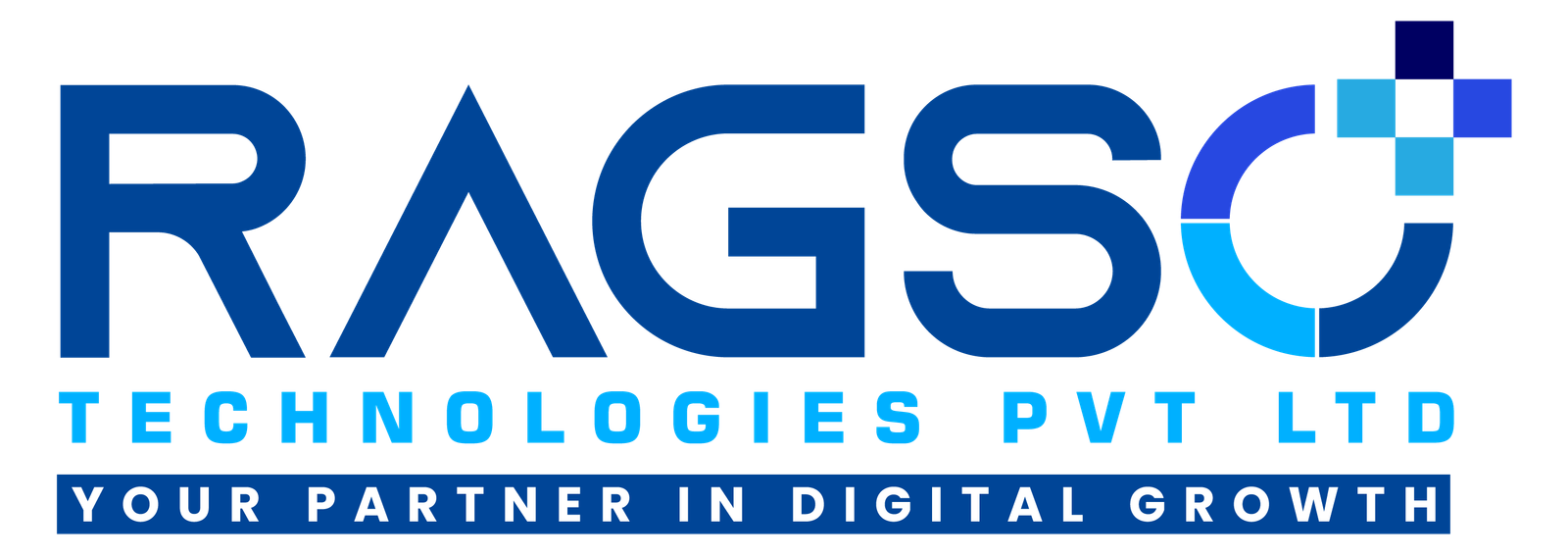
In today’s digital age, digital performance has become a crucial aspect for nonprofit organizations to thrive and achieve their objectives effectively. As nonprofits increasingly rely on digital platforms to reach their target audience, monitor their progress, and optimize their strategies, the need for robust digital performance measurement tools becomes paramount. One such tool that plays a pivotal role in assessing and enhancing digital performance is the Key Performance Indicator (KPI) dashboard.
Understanding the Significance of KPI Dashboards

KPI dashboards serve as comprehensive visual representations of an organization’s digital performance metrics. They provide stakeholders with real-time insights into various aspects of digital performance, allowing them to track progress, identify areas for improvement, and make data-driven decisions. For nonprofit organizations, KPI dashboards offer a holistic view of their online presence, including website traffic, social media engagement, email marketing effectiveness, and more.
Key Components of Effective KPI Dashboards
1. Clear and Measurable Objectives
Before constructing a KPI dashboard, nonprofit organizations must establish clear and measurable objectives aligned with their mission and goals. These objectives serve as the foundation for selecting relevant digital performance metrics to track and analyze. Additionally, using transition words like “Furthermore” or “Moreover” can help enhance the flow of the content.
2. Relevant Metrics Selection

Selecting the right metrics is essential for ensuring that the KPI dashboard provides actionable insights. Nonprofits should focus on metrics that directly contribute to their digital performance goals, such as website traffic, conversion rates, donor engagement, and online fundraising effectiveness. Furthermore, incorporating phrases like “In addition” or “Additionally” can emphasize the importance of each point.
3. User-Friendly Interface

An effective KPI dashboard should have a user-friendly interface that allows stakeholders to easily navigate and interpret the data. Intuitive design elements, interactive features, and customizable views enhance usability and facilitate data-driven decision-making. Moreover, phrases like “In the same vein” or “Similarly” can connect related ideas seamlessly.
4. Real-Time Data Updates

To keep pace with the dynamic nature of digital platforms, KPI dashboards should provide real-time updates on digital performance metrics. Timely access to data enables nonprofits to respond promptly to emerging trends, capitalize on opportunities, and address challenges effectively. Additionally, using transition words like “Consequently” or “As a result” can establish causal relationships between ideas.
5. Customization Options
Every nonprofit organization is unique, with specific goals, target audiences, and digital performance metrics. Therefore, KPI dashboards should offer customization options that allow organizations to tailor the dashboard to their specific needs and preferences. By providing flexibility in dashboard design, nonprofits can ensure that stakeholders receive relevant and actionable insights.
Best Practices for Constructing KPI Dashboards

1. Define Clear Goals and Objectives
Before designing a KPI dashboard, it’s essential to define clear goals and objectives that align with the organization’s mission and strategic priorities. This ensures that the dashboard focuses on tracking metrics that are directly relevant to achieving those objectives. Furthermore, phrases like “In light of this” or “Considering these factors” can introduce related points effectively.
2. Identify Key Metrics
Identify the key metrics that will help measure progress towards your goals. These may include metrics related to website traffic, social media engagement, email marketing effectiveness, online donations, volunteer sign-ups, and more. Additionally, using phrases like “Of equal importance” or “Equally significant” can emphasize the importance of each metric.
3. Choose the Right Tools
Selecting the right tools and software is crucial for building an effective KPI dashboard. Choose tools that offer robust features, intuitive interfaces, and the ability to integrate data from multiple sources. Moreover, phrases like “Moreover” or “Furthermore” can add depth to the discussion by introducing additional points or considerations.
4. Design for Accessibility and Usability

When designing the dashboard, prioritize accessibility and usability. Ensure that the dashboard is easy to navigate, visually appealing, and provides clear, actionable insights. Consider the needs of all stakeholders who will be using the dashboard, including executives, program managers, and marketing teams. By designing with accessibility and usability in mind, nonprofits can maximize the effectiveness of their KPI dashboards.
5. Continuously Monitor and Evaluate
Once the KPI dashboard is implemented, it’s essential to continuously monitor and evaluate its effectiveness. Regularly review the metrics and assess whether they are helping the organization make informed decisions and achieve its goals. Make adjustments as needed to improve performance and ensure the dashboard remains relevant over time. By adopting a proactive approach to monitoring and evaluation, nonprofits can ensure that their KPI dashboards continue to drive success in the ever-evolving digital landscape.
Conclusion
In conclusion, constructing an effective KPI dashboard is essential for nonprofit organizations looking to optimize their digital performance and achieve their mission objectives. By following the principles and best practices outlined in this article, nonprofits can create comprehensive dashboards that provide valuable insights, facilitate data-driven decision-making, and drive success in the digital realm.
If you want to read more information about how to boost traffic on your Website, just visit Ragso Technologies.


